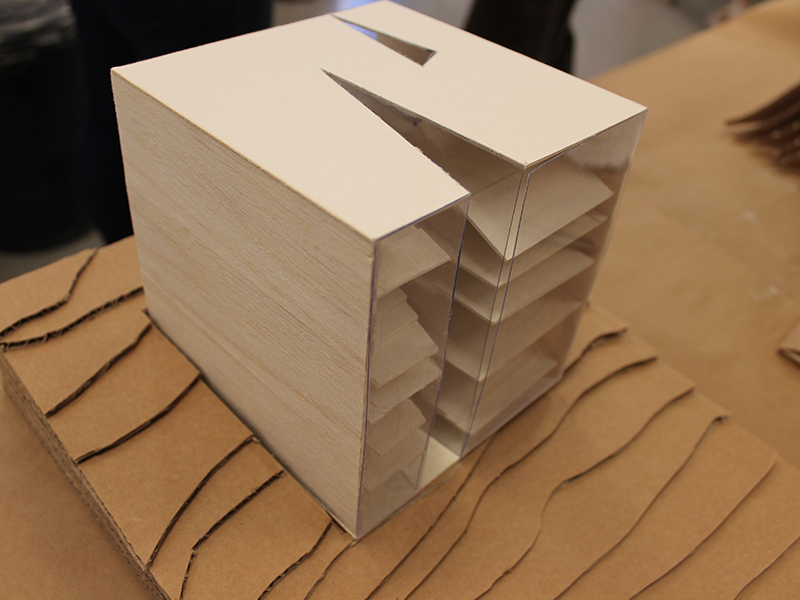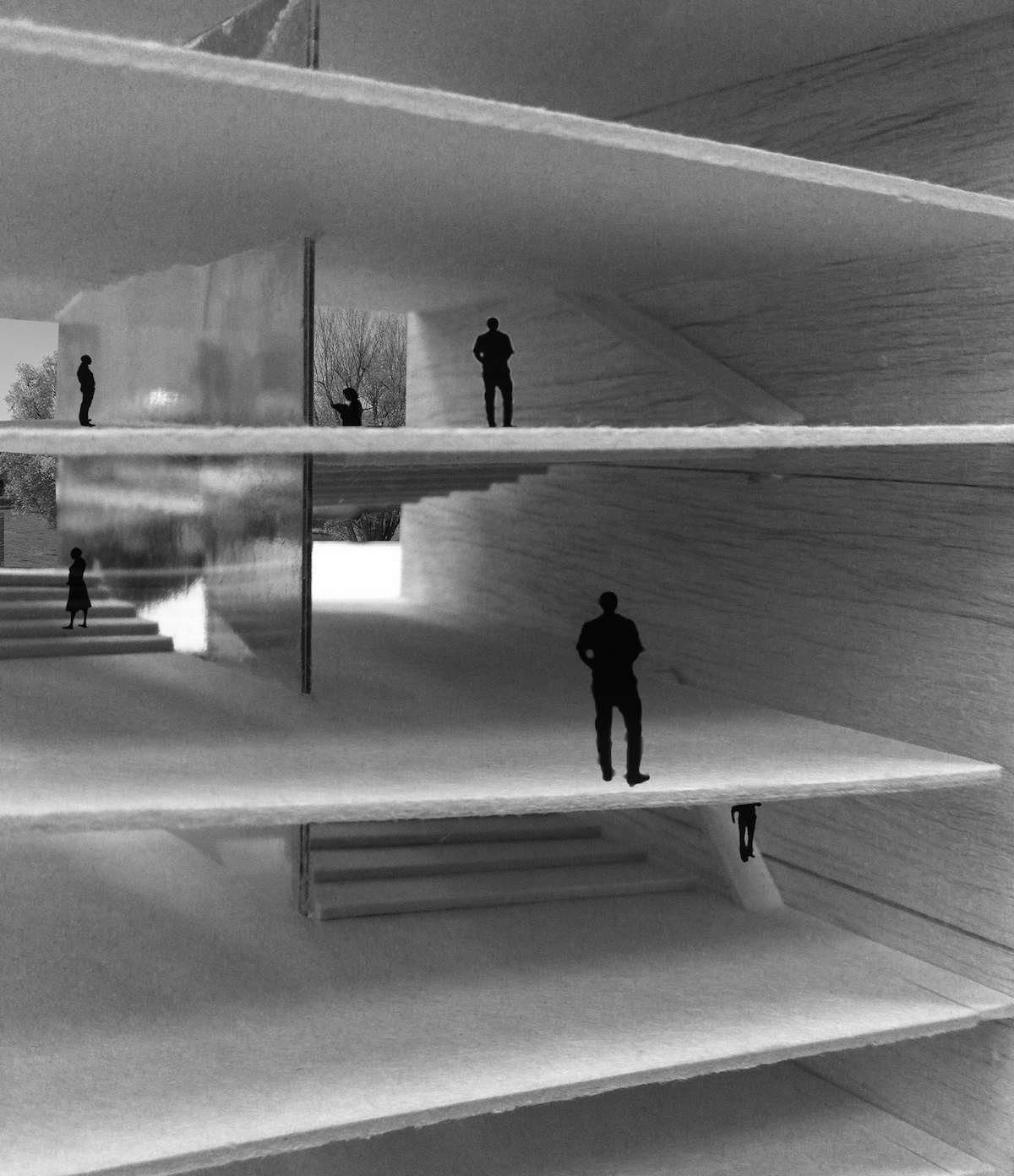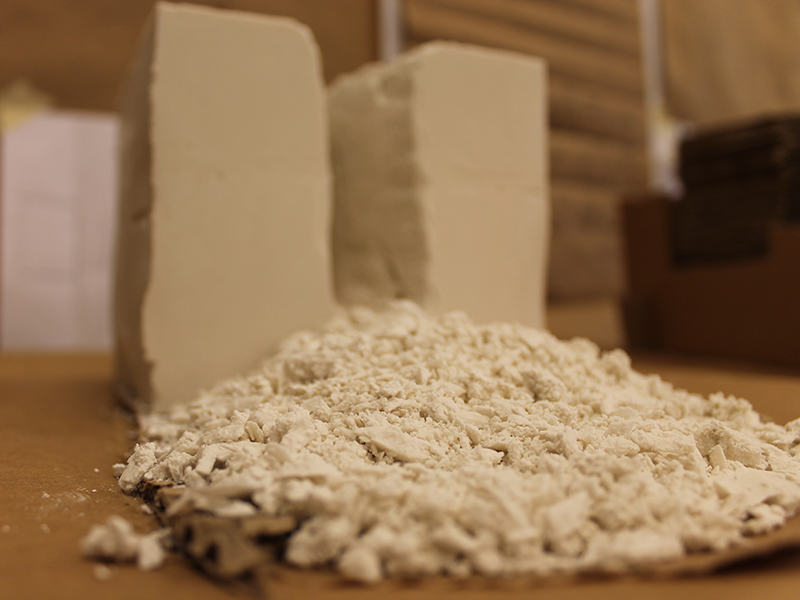The Harvest
by Amy Hempel
Project by Tiferet Bassel, Karel Finkelshtein, Shiran Ishay, Avia Marmor
“… An accident lies at the heart of the story and is the trauma that prevents a coherent and meaningful story from being told. The story begins with a feeling of pretentiousness, which immediately forges a facade of uniformity. Going deeper into the narrative, one can perceive a disturbance created by the constant change in detail and by the … trivial information. The lies that are told are banal, useless, pointless; the differences between the two parts (the story vs. the truth) are quite meagre and, essentially, insignificant exaggerations. We cannot help but wonder, why even bother lying? The reader’s eyes dart back and forth between the versions, comparing and weighing the two accounts, trying to make sense of the inconsistencies and premeditated distortions.
When approaching the building, it is initially perceived as whole and ordinary looking. Only after entering the building, the crack appears. Inside, there are slight disturbances within the floor plan, making the floor and the stairs asymmetric.
… The walls defining the crack are transparent, drawing our gaze back and forth be- tween the entrance, the opposite wall and the stairs. The building stands on a slope and the entrance is located on the top. Walking in the building, ascending and descending its levels, the slope slowly reveals itself just beyond the sheer walls. The [back wall] of the bottom floor is underground and through its translucent floor [large] amounts of soil can be seen … questioning the solidness of the whole construction.”
Hebrew University of Jerusalem








